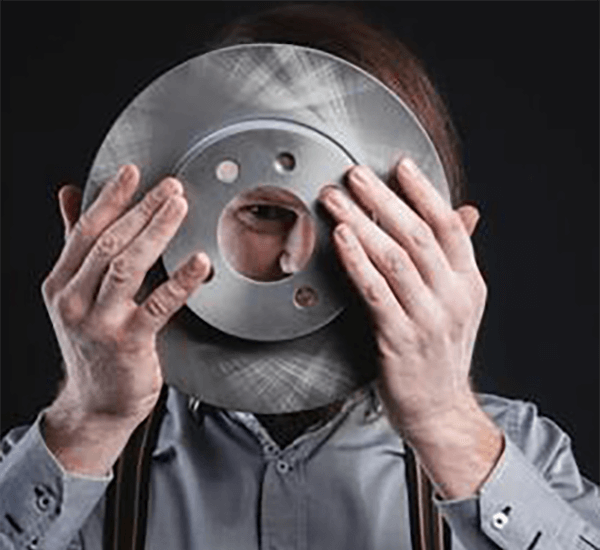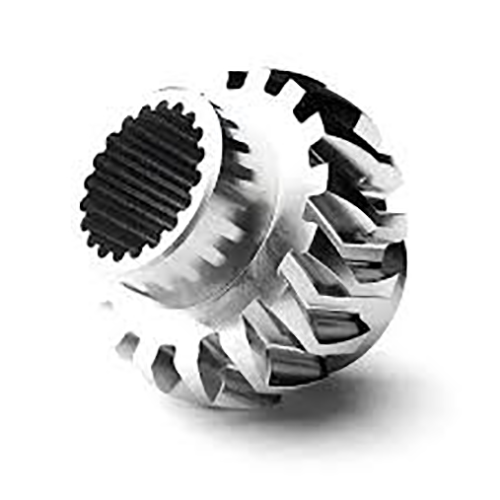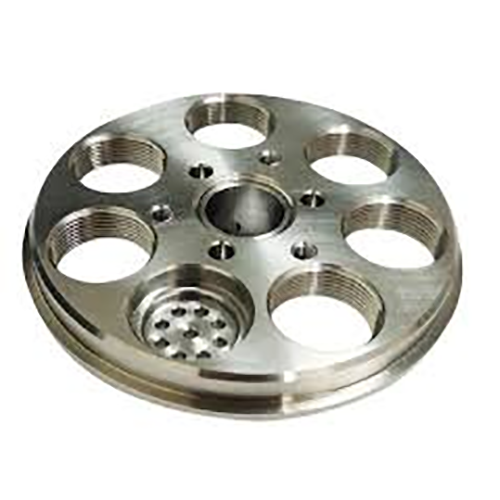
Attaining target exterior polish for a CNC part remains essential.
- Blueprint callouts define exact texture requirements for manufactured pieces
- Technical callouts use Ra, a measure of average irregularity, to quantify finish
- Knowing how to read finish callouts is critical for meeting performance goals
- Designated finish alters fluid film formation, friction levels, and durability outcomes
- Correctly reading the finish notation is necessary to attain the intended result
Defining Precision in CNC Machining

Automated machining signifies a significant manufacturing innovation using CNC instructions the equipment fabricates detailed forms with consistency.
- Computer-driven machining creates reliable parts from assorted materials
- Machine flexibility renders it suitable for medical device and electronics manufacturing
- Numerical control systems guarantee repeatable accuracy between batches
From prototyping to mass production CNC machining plays a pivotal role in shaping modern manufacturing
Reading CNC Machine Specs
Decoding CNC machine specifications can feel daunting at first glance
Still a modest foundation of know-how combined with structure allows navigating specs
Launch by determining central specs: spindle rpm, feed velocity, accuracy, envelope, controller
All attributes together shape the system’s production performance.
As an example, increased spindle rpm favors soft alloys and higher feed favors throughput.
Seeing these associations aids in selecting the correct machine for your use
Don’t forget to review maker-supplied manuals carefully.
Producer documentation frequently delivers important notes and clarifies terminology
CNC Machinery: An Exhaustive Guide
G-code driven machining centers are computer-run systems for precise automated production of varied materials They function by reading numerical G-code commands that drive cutting heads and actuators.
- Examples of CNC types are vertical mills, CNC lathes, CNC routers, plasma cutters
- CNC workflows handle steels, aluminum, plastics, woods, and composite laminates
- Besides that CNC systems permit speedy prototyping and short production runs for businesses and research groups
CNC Machines: The Fundamentals Explained
They manifest coupling of mechanical fidelity and complex software governance Adaptive tools rely on coded programs to manufacture from simple elements to detailed structures Key principle turns electronic models into physical artifacts.
- Software-driven machining
- Programmatic production integration
It follows systematic positional moves controlled by code Technicians are essential for choosing cutting settings, supervising processes, and validating final quality.
Surface Finish's Importance in CNC Machining
Achieving the desired surface finish in CNC machining is crucial It strongly influences part functionality and visual appeal The type of material being machined the cutting parameters used and the post-processing operations all contribute to the achieved surface texture.
High-quality surfaces strengthen durability while rough textures may reduce efficacy CNC workflows include varied tooling and approaches to produce intended surface results.
- Example: altering tool nose radius and flute profile |tool materials|tool speed tuning to deliver finish
- In addition buffing, grinding, and sanding may be applied to upgrade finishes
Recognizing how feeds, speeds, and tool geometry interact yields optimal finishes.
An Introduction to CNC Machine Operation
A precise fabrication technique, it applies computer-controlled machines to produce parts from assorted materials They interpret digital toolpaths to carve detailed designs reliably Familiarity with programming, tooling, and machine operation is key to process success
Fields benefiting from CNC include aerospace, automotive, industrial manufacturing, and electronics From aircraft parts to precision plastic molds, CNC creates complex high-quality items
Callouts and Surface Roughness for CNC Parts
Proper specification of surface finish is crucial when machining parts on a CNC machine It makes sure the product satisfies function and aesthetic demands Finish specifications are often expressed via the Ra roughness standard The value, shown in µm or inches, quantifies mean surface irregularity height.
Take into account target smoothness and how the part will be used when calling out finish

Generally fine finishes benefit components requiring precision alignment and tolerance
Textured surfaces may be selected to improve grip or frictional engagement
Insert concise surface notes in blueprints to articulate finish expectations List Ra value plus supplementary process guidance like polishing or coating.
Remember that effective surface finish callouts are key to achieving a successful manufacturing outcome
Types of CNC Machines and Their Capabilities
The CNC ecosystem includes a broad selection of machines for multiple task categories These versatile tools utilize computer-aided design (CAD) software to control cutting tools enabling precise and efficient fabrication of components.
- Drilling units excel at producing holes and axial features in parts
- Turning machines rotate stock to create symmetrical components efficiently
- Waterjet cutters use high-pressure abrasive streams to cut diverse materials without thermal effects
Choosing the right CNC depends on production goals material type and required accuracy Varied CNC functionalities equip manufacturers in industries from automotive to aerospace.
Achieving Premium Surface Results in CNC Processes
Achieving a superior surface finish is crucial in numerous manufacturing processes and CNC machining offers an exceptional method for achieving this goal By combining feed optimization spindle settings and cutter geometry selection operators reduce patterning and improve finish Moreover premium cutters and correct coolant application enhance surface outcomes Appropriate strategy choice combined with accurate setup produces excellent surface outcomes.
Programming Strategies for Surface Finish
Skillful CNC programming directly impacts the final surface quality Feed, spindle settings, and cutter design are major drivers of the final surface condition Attentive parameter configuration alongside good coolant practice leads to superior surfaces.
- In addition periodic tool servicing and checks secure consistent surface cnc full form machine quality Additionally routine tool checks and upkeep maintain consistent finish quality Plus regular inspection and maintenance of tools copyright finishing standards
- In order to refine finish consider material, target roughness, and end-use needs
- Toolpath simulation enables testing parameter impacts to cut down surface errors
- Besides that systematic tool upkeep and monitoring ensure sustained surface quality
